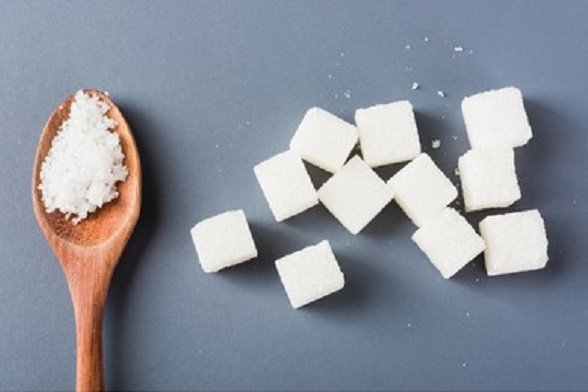Inside BENEO’s new pulse plant: pioneering sustainable protein from faba beans
The unraveling of the molecular link between sugar and fat accumulation in the liver is key to developing therapeutics for the disease
A team of researchers from IIT Mandi, led by Dr Prosenjit Mondal, Associate Professor, School of Basic Sciences, has used complementary experimental approaches, to establish the underlying biochemical relationship between the consumption of excessive sugar and the development of ‘fatty liver’, medically known as Non-Alcoholic Fatty Liver Disease (NAFLD).
This research comes at a time in which the Government of India has included NAFLD in the National Programme for Prevention & Control of Cancer, Diabetes, Cardiovascular Diseases and Stroke (NPCDCS). The results of the IIT Mandi team’s path-breaking work have been published in the Journal of Biological Chemistry.
NAFLD is a medical condition in which excess fat deposits in the liver. The disease starts silently, with no overt symptoms for as much as two decades. One of the causes for NAFLD is the overconsumption of sugar – both table sugar (sucrose) and other forms of carbohydrates. Through a complementary experimental approach involving mice models, the IIT Mandi team has shown the hitherto unknown link between the carbohydrate-induced activation of a protein complex called NF-κB and increased DNL.
The unraveling of the molecular link between sugar and fat accumulation in the liver is key to developing therapeutics for the disease. The team has shown that drugs that can inhibit NF-κB can prevent sugar-induced hepatic fat accumulation.
The IIT Mondal research shows that NAFLD can now be added to the repertoire of diseases that can be treated with drugs that block NF-κB.

